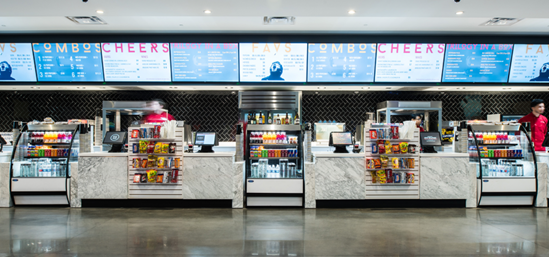As performing arts centers start to re-open, many are evaluating their food and beverage offerings. We know from our work with performing arts organizations across the country that the per capita sale by genre varies dramatically. Traditionally, symphonic performances drive the lowest per capita sale while rock and pop performances generate the highest per capita sales. There are, however, several steps that can be taken to increase sales and hence, earned income to the institution. An increase of just $1.00 in the per capita sale at a facility with 500,000 annual attendees can make a meaningful difference over a five- or ten-year period. Here are seven steps to grow top line sales.
- Consider allowing beverages into the theater. Many guests are faced with the classic question: “use the restroom or purchase a beverage?” Allow beverages into the theater and let them do both! Be sure to clearly communicate theater policy if it will differ by genre.
- Incorporate pre-ordering. Encourage guests to purchase beverages at the time of ticket purchase and before the performance. Consider having a roving bartender to pre-sell beverages prior to performance curtain and intermission. Be sure to have a clearly delineated pick-up area away from the main bar line.
- Review signage. Many times, we see concessions with small bar-top signage that is not visible until the guest reaches the counter. This adds another 30 seconds at minimum to the order time, which slows down sales tremendously. Consider digital signage that is readable from the rear of the line.
- Add themed offerings. Guests love a themed cocktail or mocktail specially created for performances. Children’s performances are perfect opportunities to develop a unique, themed sweet treat.
- Add more points of service. With an average of 15-20 minutes to serve all patrons, the more service locations, the better. As space allows, keep adding more bars until you reach the point of diminishing returns. Be sure to understand how and where queues will form.
- Don’t forget the food. Offerings need to be easy to eat (preferably standing up), attractively displayed and cover savory and sweet palates.
- Gather data. Track sales by genre, by location, by menu item and by time period. The more data you have, the better informed you are. Compare this data to performance-over-performance and year-over-year to understand what is working.

